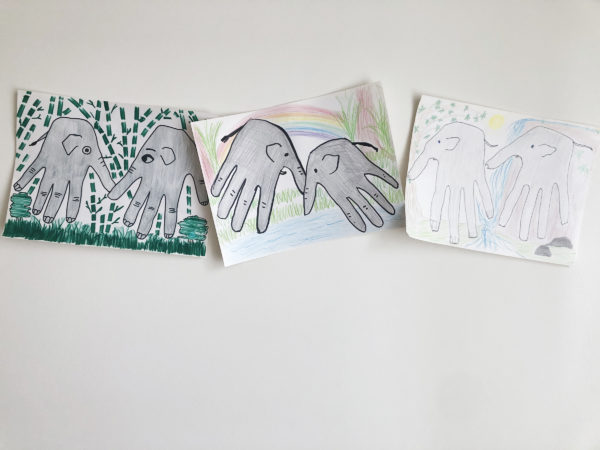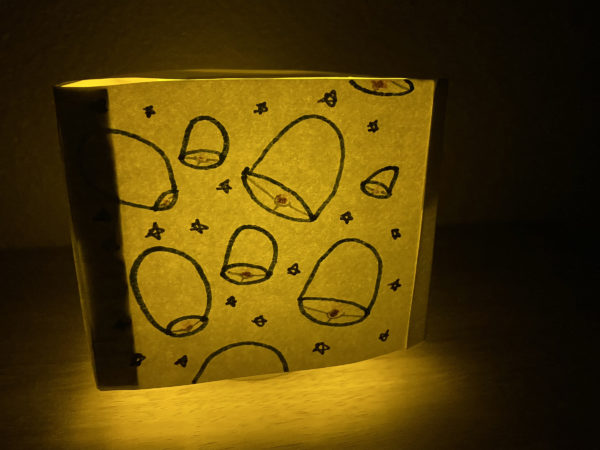Video
Tibetan Buddhism in China and Mongolia

The Buddha Shakyamuni, 1700-1800
Tibetan Buddhism had a profound impact on the arts of China and Mongolia. When the Mongol emperor Khubilai Khan (1215–1294) of the Yuan dynasty was converted to Tibetan Buddhism, he made it the state religion of China. Still standing from the Yuan dynasty are such structures as the Nepalese-style White Stupa of Beijing and the stone sculptures at Jurong Pass near the Great Wall.
Outstanding gilded bronze images were created during the Yongle (1403–1424) and Xuande (1426–1435) periods of the Ming dynasty, when the emperors were also devoted to Tibetan Buddhism. The Yongle-period set of thunderbolt and bell in this gallery was a Chinese gift for a Tibetan lama.
When the Manchu came to power in the 1600s, the rulers of China once again embraced Tibetan Buddhism and made it the state religion. The Qianlong emperor (1736–1795), lavish in his patronage, had Buddhist temples built in Beijing and its vicinity, and commissioned many images, paintings, and ritual objects for his own use and as gifts for the high lamas of Tibet. These imperial-quality religious objects were made strictly according to the Buddhist canon under the supervision of Tibetan lamas.
In Mongolia, upon the arrival of the Third Dalai Lama in 1577, Tibetan Buddhism became a powerful force. (It was the Mongols who gave him the title Dalai, meaning “ocean,” to suggest the vastness of his wisdom.) Mongolian Buddhist art is distinguished by elegant images from the school of sculpture started by the lama-sculptor Zanabazar (1635–1723). The figures in these images are characterized by youthful and serene looks.







